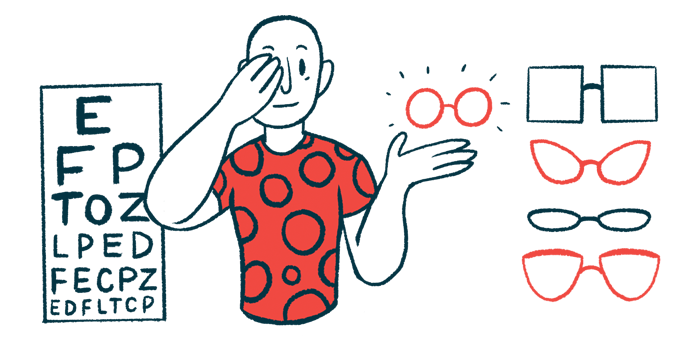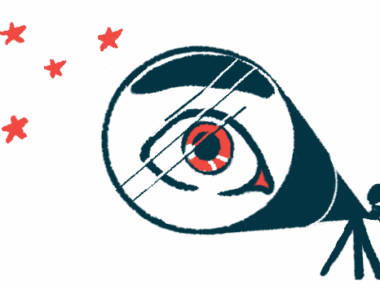1st Sjögren’s Patient Enrolls in Phase 3 Trial of Cenegermin for Severe Dry Eyes
Written by |

A first patient has enrolled in a Phase 3 trial evaluating cenegermin in treating dry eye disease in people with Sjögren’s syndrome, marking the start of a two-part clinical study program, Dompé, the therapy’s developer, announced.
The program will evaluate the safety and efficacy of cenegermin (rhNGF, a type of nerve growth factor) for Sjögren’s patients with severe dry eye disease across two Phase 3 trials conducted at more than 10 locations in the U.S. and Italy.
The first trial (NCT05133180) is currently enrolling 100 adults with Sjögren’s, and the second (NCT05136170) is enrolling 48 adult patients already using cyclosporine A for dry eyes.
“We are grateful for Dompé’s commitment to research that may lead to new treatment options for people with Sjögren’s who suffer from dry eyes and encourage people to talk to their physician to learn more about participating in clinical trials,” Janet Church, president and CEO of the Sjögren’s Foundation, said in a press release.
Sjögren’s is an autoimmune disease characterized by a mistaken immune attack on the body’s own cells. The glands that produce tears are often among the first cells to be attacked, causing chronically dry eyes which can lead to eye infections, itching, blurred vision and corneal damage.
Currently, there is no approved treatment for severe dry eye disease in Sjögren’s.
“The majority of Sjögren’s patients live with dry eye, and many of these patients will experience ocular [eye] symptoms that can often be quite severe,” Church said.
Cenegermin is a synthetic form of human nerve growth factor (NGF), a protein made in the body to support the maintenance of nerve cells, including those in the eye.
Under the brand name Oxervate, cenegermin is currently approved by the U.S. Food and Drug Administration to treat neurotrophic keratitis, a rare eye disease.
“With cenegermin, Dompé blazed a trail, leveraging decades of research to better understand the way nerve growth factor (NGF) contributes to the overall health of the eye,” said Melissa Toyos, MD, the study’s lead investigator and research director of the Toyos Clinic in Tennessee.
According to Dompé, these Phase 3 trials in Sjögren’s patients follow “encouraging” data from a previous Phase 2 trial in patients with moderate to severe dry eyes, including those with Sjögren’s.
The first trial will test cenegermin ophthalmic solution’s safety and efficacy against a vehicle solution in 100 adults diagnosed with severe dry eye disease due to Sjögren’s who agree to stop using other eye treatments. Patients will be randomized to 20 micrograms per milliliter (mcg/mL) of cenegermin eye drops or the vehicle, given three times daily for four weeks.
Treatment safety will be monitored for 24 weeks, and improvements in dry eye symptoms, as measured by the symptom assessment questionnaire for dry eye (SANDE) and Schirmer’s test, will be monitored for 16 weeks.
The second trial will be similar, but enroll 48 patients who are currently being treated with cyclosporine A, an immunomodulator which reduces inflammation and increases tear production. Changes from baseline (study’s start) in the Schirmer’s test, which measures tear production, at four weeks is its primary goal.
Evaluation of eye symptoms after the four weeks of dosing will reveal whether cenegermin’s benefits extend beyond the period of active treatment.
“There is no drug or treatment for severe Sjögren’s-related dry eye disease that remains durable following the cessation of therapy. It is our hope that cenegermin may have a lasting impact on the ocular tissue and contribute to restoring the natural homeostasis of the eye,” said Ashley Kline, global biotech head of Dompé farmaceutici in Italy and the general manager of Dompé U.S.
“These studies exemplify our commitment to exploring how the science of NGF can break new ground for ocular diseases with high unmet medical need,” Kline added.






